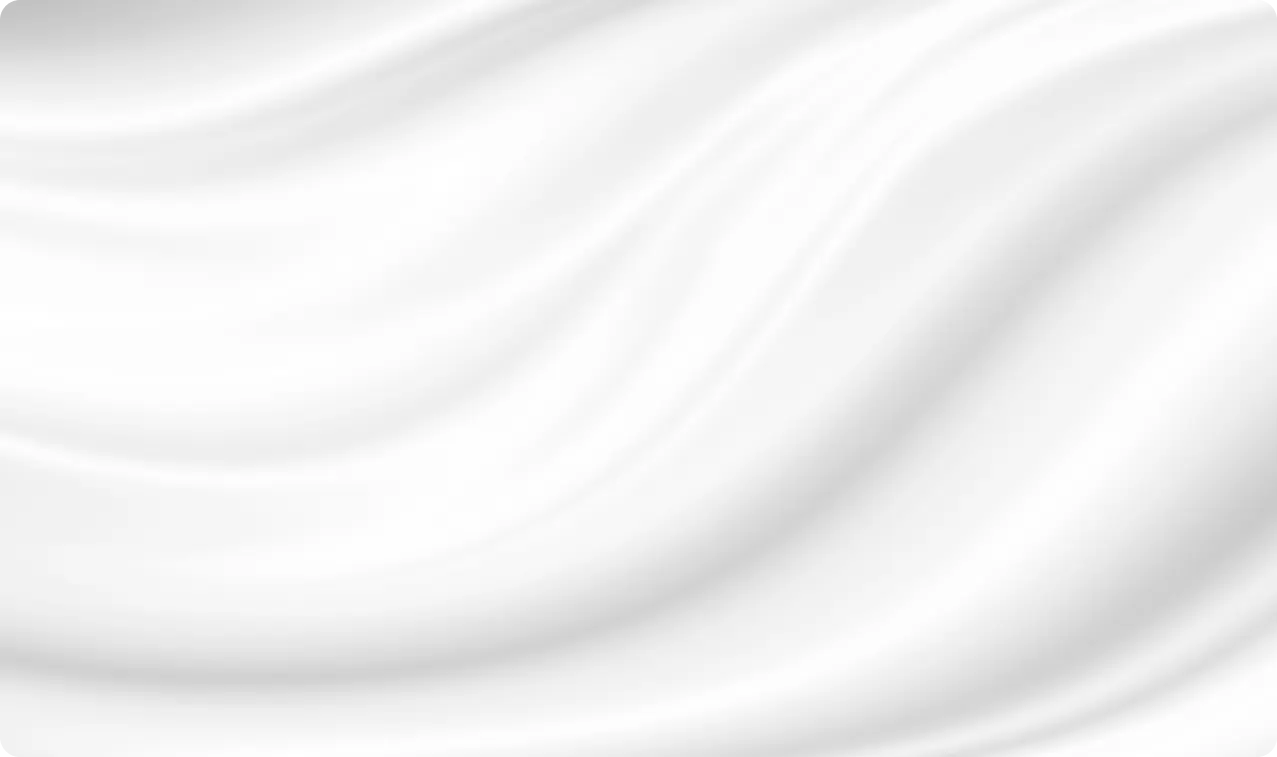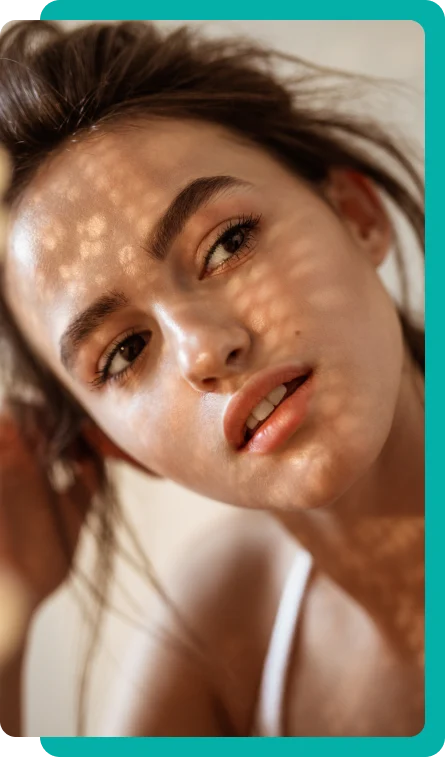For Patients
About
For Providers
Locations
Blog
Contact
Menu
Learn what causes cheek filler swelling, how to reduce it, and when to see a doctor.
You might not expect the mirror to reveal the temporary souvenir of your beauty treatment: swelling, as you leave the clinic with a fresher, fuller face.
Cheek fillers promise to sculpt and enhance, but the initial puffiness can feel like a detour on your journey to rejuvenation. Swelling is your skin's natural response to the new filler—a sign that healing is underway.
How long should you plan to host this unwelcome guest?
Let's uncover how to navigate the swelling and see tangible results by exploring the impact of pineapple enzymes and ice packs.

Swelling after cheek filler treatment is common and expected. It usually subsides within 3 to 5 days, but in some cases, it may take up to 2 weeks to fully settle.
The duration of swelling varies among individuals, influenced by factors like skin condition, habits, filler amount, and aftercare. In rare instances, it can persist for up to 4 weeks. If it continues beyond this period, especially with discomfort or redness, consult a dermatologist.
Swelling is caused by the body's response to minor trauma from the needle during the injection process. This trauma disrupts blood vessels and causes inflammation in the treated area.
The face, especially the lips, is more prone to swelling due to the sensitivity and density of blood vessels. The extent and duration of swelling can also be influenced by the individual's blood flow and the size of the blood vessels.
To reduce swelling, patients should apply ice as prescribed and use heat therapy to improve blood circulation.
They should avoid NSAIDs, alcohol, and maintain hydration. Herbal supplements like arnica montana and bromelain can help due to their anti-inflammatory properties. Keeping the head elevated can also help. Patients should avoid touching or massaging the treated area to prevent asymmetry.
Swelling after cheek filler treatment is normal and expected. It's a natural part of the healing process as the body responds to the injection.
Swelling peaks within 24 to 72 hours following the treatment and then gradually subsides. Most patients will see improvement by the third day.
Swelling after cheek filler treatment starts with an immediate response to the injection, occurring during or shortly after the procedure.
It's expected to peak within 24 to 72 hours and then gradually decrease, with noticeable improvement in the first few days.
In some cases, swelling may last longer but is generally temporary and resolves within a few weeks. If the provided content did not specify the stages of swelling, this timeline is based on the typical healing process after dermal filler treatments.
After cheek filler treatment, the filler integrates into the tissue and settles, varying in time. Fillers settle within two weeks on average, but it can take up to 4 weeks for full integration and peak effect.
The process is gradual and can't be sped up significantly. Follow post-treatment instructions for best results and understand that while immediate improvement is noticeable, full results refine over months.
| Type of Dermal Filler | Description |
| Restylane Contour | Designed for cheek augmentation and midface contouring, it restores volume and sculpts the face for a balanced appearance |
| Restylane Lyft | Targets mild sagging skin and definition loss |
| Juvederm Voluma | A hyaluronic acid (HA) dermal filler that adds facial volume and reduces signs of aging |
| Sculptra | Made of poly-L-lactic acid, it stimulates collagen production and improves volume loss and skin laxity |

When too much dermal filler is used, several signs can indicate overfilling:
These signs may result in an unnatural look and need medical intervention.
If swelling lasts beyond two weeks:
Patients usually see the final results of cheek fillers within two weeks, with improvements continuing to refine over the following months.
Clinical studies suggest that the peak effect for dermal fillers is 4 weeks. The settling process varies depending on the filler type and individual healing processes.
Cheek filler treatments are generally safe, but they do carry some risks, including:
Seek treatment from experienced and qualified medical professionals to minimize risks.
The cheek filler procedure takes about 15 to 30 minutes, varying based on the number of fillers and the treatment plan.
A trained professional carefully places the filler to achieve the desired outcome. Patients can easily fit this procedure into their schedule.
Cheek fillers can last 6 months to 2 years, depending on the type and individual factors like metabolism, genetics, smoking, diet, and physical activity. Maintenance treatments help prolong the effects.

During the recovery period, patients may experience minor swelling, redness, tenderness, and bruising at the injection site.
These symptoms are usually temporary and should subside within a week or two. It's recommended to avoid sleeping on the cheeks, strenuous exercise, and putting pressure on the treated area for 48 hours to ensure the filler settles properly.
Most patients can resume regular activities immediately after the procedure.
Most patients can return to work or resume normal activities right after getting cheek filler injections. The procedure has minimal downtime, and while there may be visible side effects like swelling or bruising, they are usually not severe enough to require time off.
However, it's important to schedule the appointment when potential bruising or swelling won't interfere with commitments.
Cheek filler treatment costs vary depending on the filler type, practitioner expertise, clinic location, and product amount.
On average, hyaluronic acid filler costs $794, while non-hyaluronic acid filler costs $1,039. Cheek filler costs range from $600 to $2,500 per session. The cost is influenced by actual prices and the procedure's time and effort.
The frequency of cheek filler treatments depends on the filler type and individual's metabolism. Most cheek fillers, like hyaluronic acid fillers, last 6 to 18 months. Patients may have additional treatments as effects diminish. Consult a qualified practitioner for an appropriate treatment schedule.
Bruising is a potential side effect of cheek filler treatment, due to the needle or cannula causing trauma to blood vessels during the injection. The extent of bruising varies from person to person and is typically mild.
Bruising from cheek filler treatment is temporary and should resolve within a week. In some cases, it may take up to two weeks to disappear. If it persists, consult the practitioner. Follow post-treatment guidelines to minimize and manage bruising.

Join Dr. Lanna & Dr. Doshi for a Transformation
Unlock the possibilities with our certified facial and oculofacial plastic surgeries. Attend our free webinar to find out how we can tailor solutions for you, with financing available to fit your budget.
